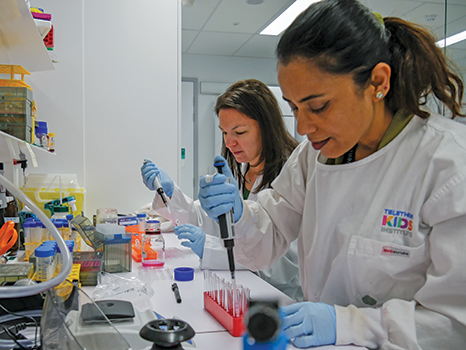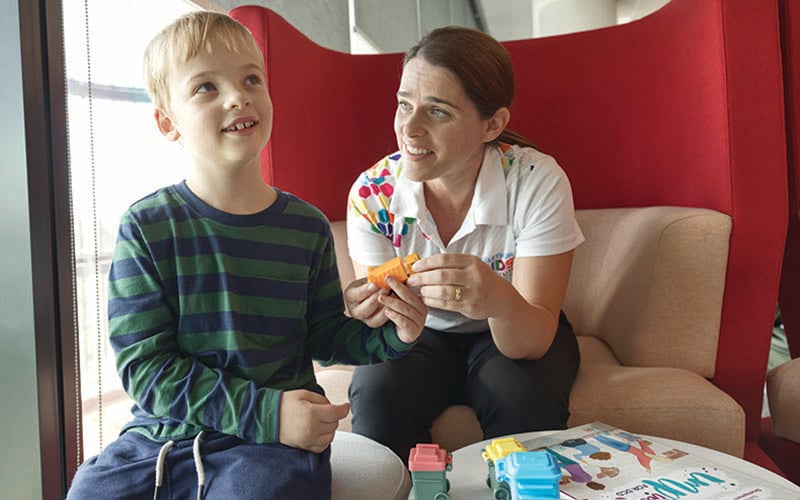Search
At The Kids Research Institute Australia, our vision is simple - happy healthy kids. We bring together community, researchers, practitioners, policy makers and funders who share our mission to improve the health, development and lives of children and young people through excellence in research.

At The Kids, we don’t just accept difference — we celebrate it, and we support it for the benefit of our employees and our community.

News & Events
Community bands together to create a brighter future for our kidsTen-year-old Isabelle decided to make and sell loom band bracelets to raise money for The Kids Research Institute Australia.

Get your workplace and colleagues involved
Your help could be crucial to our autism research

The Kids Research Institute Australia’s Perioperative Medicine team is helping to change global and local practice by finding safer and gentler ways to both undertake surgery, and care for kids and families afterwards.

The Kids Research Institute Australia is helping scientists across the globe inch their way towards clinical trials which could, at last, provide relief for children and families dealing with CDKL5.

The The Kids Cancer Centre is at the cutting edge of developing new, safer ways of treating children with cancer using their own immune systems.

Researchers went into 79 WA primary and secondary schools in 2020 and found increased levels of emotional distress among students and families.

Meet Toby - he has developmental coordination disorder (DCD), a neurodevelopmental condition that causes delays and impairments in fine and gross motor skills.
